Posts tagged with Mixing
Here you can find a listing of all posts with the tag Mixing on my page.
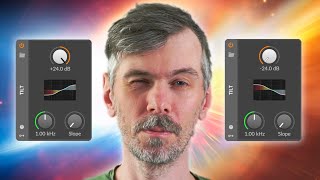
Jun 27, 2025 Tutorial
In this video, I demonstrate a unique technique in Bitwig using pre-emphasis and de-emphasis with tilt EQs to mimic multi-band limiting and achieve more balanced loudness across frequency ranges, without traditional band splitting. By tilting the analyzing signal fed into auto-levelers or limiters, you can shift how loudness is controlled across your mix, changing the tonal balance solely through volume adjustments. This approach allows for more natural and flexible mixdowns and can be applied not just to limiting but also to compression, reverb, and other effects, potentially streamlining your workflow and achieving more transparent results.

Apr 09, 2025 Tutorial
In this video, I demonstrated how to use a transfer curve to expand the dynamics of certain sounds, ensuring they match the rest of your track using tools like DP Meter 5. I explained how to measure and compare crest values to gauge compression levels and achieve consistent sonic quality across tracks. Additionally, I shared a simple preset in Bitwig Studio for dynamically matching tracks, making mixing and mastering more efficient.

Apr 07, 2025 Tutorial
In this video, I demonstrate how to use expansion to make drum samples from libraries fit better in a mix by stretching the dynamic range. Using Bitwig Studio, I highlight methods like the dynamics module, compressor plus, and transfer curve to enhance the groove and dynamics of over-compressed samples. This approach helps create a cohesive mix where all sounds blend seamlessly.

Mar 10, 2025 Tutorial
In this video, I demonstrate a simple and straightforward method to maintain consistent volume levels when using an EQ on a track, by using a grid patch with a follower to match the input and output volumes. I also showcase how this technique can be applied creatively across multiple tracks to dynamically modulate volumes or match frequency curves using band-splitting. Lastly, I emphasize the versatility and practicality of this approach for enhancing mixes and provide a preset download for convenience.
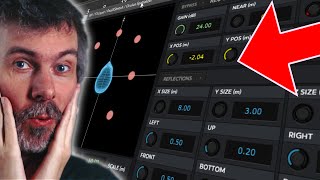
Jan 24, 2025 Tutorial
In my video, I demonstrated how to use the Oculus Spatializer plugin to create immersive spatial sounds by positioning audio sources around the listener's head using headphones for best effect. I showed how layering, stretching, and positioning sounds can craft a wide, binaural soundscape, enhancing pads and drones with increased spatial depth. The plugin is free, and I shared a link in the description for those interested in trying it out.
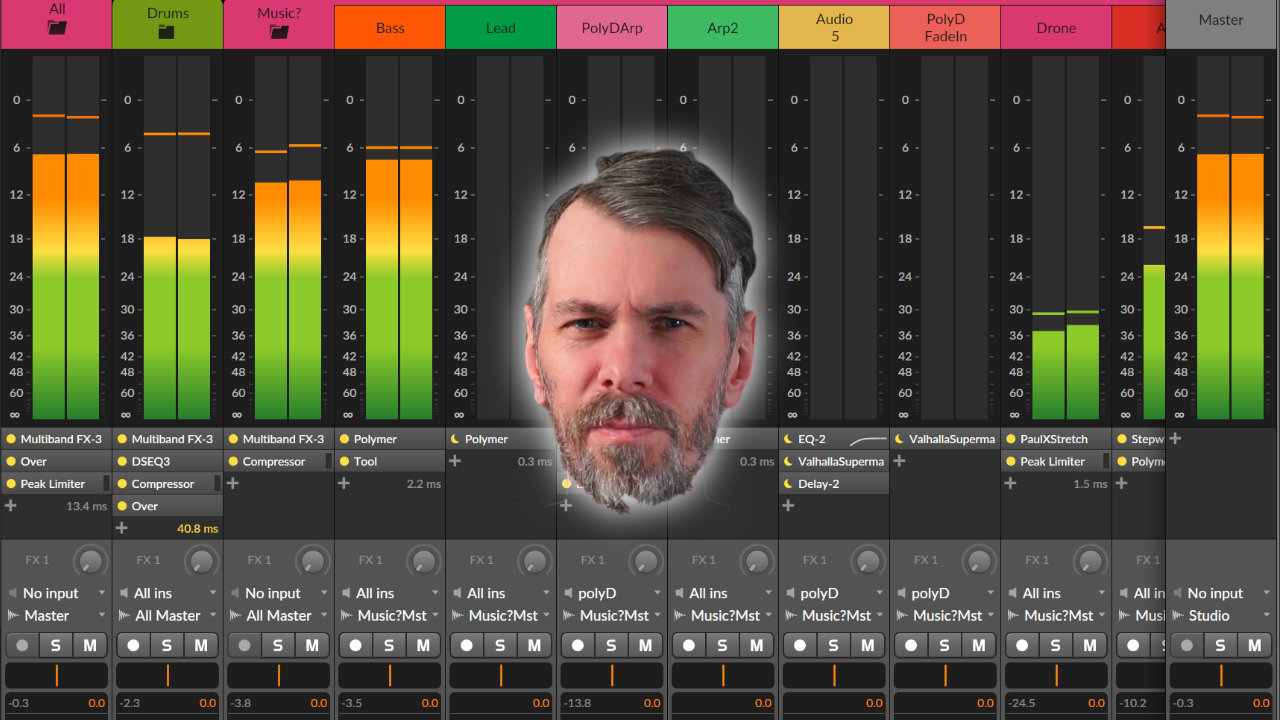
Jan 16, 2025 Article
I shared tips to help ease the frustration of mixing and mastering music. I focused on simplifying the process, using reference tracks, prioritizing kick and bass, and embracing the challenges as part of the journey.
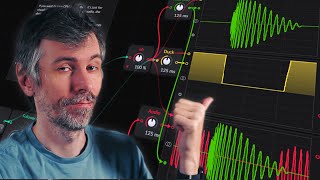
Oct 28, 2024 Tutorial
In this video, I explain the concept of ring mod sidechain modulation and demonstrate how to achieve it in Bitwig Studio. I discuss the potential for distortion using this method and suggest using Bitwig's audio sidechain modulator as a cleaner alternative. Additionally, I provide a more advanced setup in Bitwig's FX Grid for precise control, with both presets available in the video description.
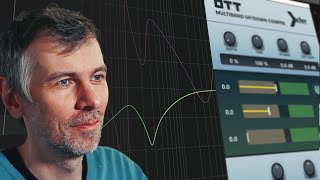
Sep 13, 2024 Tutorial
In this video, I demonstrate how to split audio signals into multiple frequency ranges without introducing significant phase issues, particularly in Bitwig Studio. While traditional analog-modeled EQs and tools like Ozone 8 introduce phase offsets or latency, I showcase methods such as using the spectral FX frequency split in Bitwig and custom convolution presets to achieve clean splits. I provide these custom presets for free in the description so viewers can experiment and give feedback.
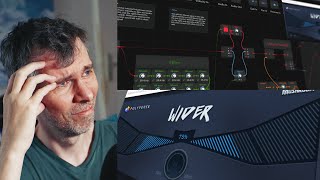
Sep 10, 2024 Tutorial
In this video, I attempt to recreate the WIDER 2.0 plug-in by Infected Mushroom inside Bitwig Studio. I demonstrate how the original plug-in works by creating peaks and dips in the frequency spectrum, which cancel out in mono, and then I showcase my own preset that mimics this effect, with added controls for more customization. Finally, I highlight that my preset may sound slightly better and more natural due to the included convolution reverb on the side channel.
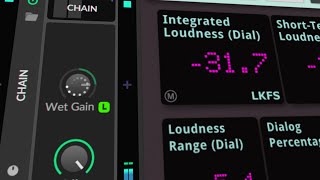
Jun 12, 2024 Tutorial
In this video, I demonstrate a workaround in Bitwig Studio 5.2 to achieve volume normalization for instrument tracks and live audio. By misusing the wet gain learn feature on a chain device and using a tool device to measure the input volume, I create a preset that matches the output volume to a desired reference value. This allows for easy normalization without manual adjustments and can be applied to multiple tracks for consistency.
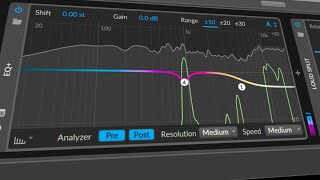
Feb 23, 2024 Tutorial
In my recent video, I received a lot of love, praise, likes, and comments, which warmed my heart. I wanted to continue sharing knowledge about Bitwig Studio and unique ways of eqing. I introduced a visual guide using EQ+ and a loud split device to help identify and adjust frequency distribution, making EQing easier and more efficient.
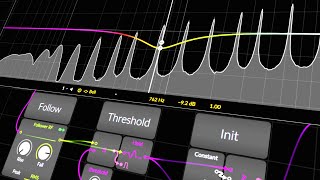
Feb 13, 2024 Tutorial
In this video, I cover three different topics related to EQ techniques. The first is an auto leveler method using bandpass filters and an amplifier to maintain a consistent volume. The second is a multi-band EQ compressor, created by combining an EQ with a grid compressor, allowing for individual frequency control. Lastly, I demonstrate the use of the Loud Split device to selectively affect different frequency ranges in a sound, helpful for removing noise or enhancing specific elements.
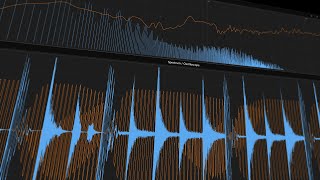
Feb 09, 2024 Tutorial
In this video, I show a quick tip for mixing and mastering in Bitwig Studio. Instead of constantly moving the spectrum analyzer to compare different elements, I suggest using FX or return busses. By sending different tracks to the spectrum analyzer on separate FX channels, you can easily compare and adjust the frequency distribution of various elements in your mix.
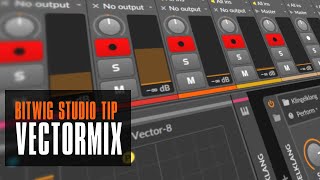
Oct 16, 2023 Tutorial
In this video, I share a useful trick in Bitwig Studio for creating evolving sounds. I remind myself to use the XY Instrument container which allows me to load multiple instruments and fade between them. This technique can be applied to various types of sounds and offers a lot of flexibility in terms of modulating and manipulating the fades.

Apr 24, 2023 Tutorial
In this video, I share my process of creating risers and transitioning effects using the global modulator in Bitwig Studio. I was inspired by UJAM's final boost and Data Life's Endless Smile plugins and wanted to replicate the effects in Bitwig. Instead of using manual automation, I used the curve editor to create a ramp that gradually increases the effect's intensity over time. I demonstrated how to apply this technique to individual tracks, such as chords, bass, and percussion, to create more dynamic and interesting effects with precise control. This technique is a great VST replacement and allows for more creative flexibility in creating risers and sweeps in your music.
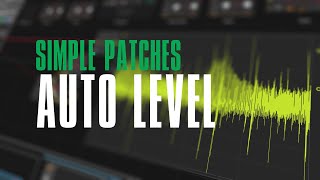
Nov 16, 2022 Tutorial
In this video, I demonstrated how to create a simple auto-leveling patch in the grid. I used an oscilloscope, a divide or division operation, and a follow-off to average out the audio signal. I also implemented a threshold algorithm to make sure that the auto-leveler doesn't amplify noise annoyingly. This technique works in any modular environment and can be useful for maintaining the same loudness level for a generative grid patch or audio clip.
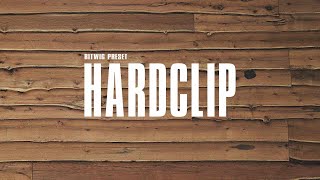
Aug 11, 2020 Tutorial
I created a preset card Hard-Clip for Bitwig Studio to clip the peaks of audio signals without going into the red or having intersample issues. The preset consists of Bit8, initial settings and two tool devices. I explained how to use it and how it can help to make a track sound louder and more percussive. I shared the preset in the description of the video, in my GitHub repository, on bitwig.community/presets and on the Bitwig Discord. I encourage viewers to save money and support my channel by using the link to the Bitwig Store with my code.
More Tags to choose from:
posts Bitwig FromScratch Tutorial German Talk Skyence articles Guidelines Knowledge PDF Brain Neurosience Webtool Tempo Mixing bitwig-guides Audio-FX Poly-Grid helpers Chords Harmony Scales music-videos Ambient Hardware Jam Drum-and-Bass Music Mixtape fawm Behringer Moog release Polarity Bandcamp polarity-music Bitwig-2.0 VST-Plugin Audio-Effects Bitwig-3.0 Presets Sampling Generative Melodies Note-Grid Bitwig-3.2 Modulators Bitwig-3.1 Plugins Preset Sound-Design Replace VST Note-FX Polysynth MPE Roli Melda Bitwig-4.4 MinimalAudio Distortion Midi Arturia Groove Drums Filters FX-Grid Bitwig-4.3.4 Physical-Modeling Eurorack Instrument Arrangement Automation Risers Transitions Audio2Midi OpenSource PlugData Reverb Clever-Audio-Plugin-Clap AI download FM-synths machine-learning oscillators soniccharge Sound-Generator SynPlant synthesizers Compiler Heavy-Compiler Synth Current Granular-Synthesis Pads Vector XY-Instrument Touch-Designer Video-Edit Visuals Extension Beginners Bitwig-5.1 Glitch Sync Delay Signals xlnaudio additive Sequencer Euclidean Bitwig-5.1.2 No-Grid Stock Finishing-Songs Thoughts Browser Jazz M1 Convolution Polyrhythm Polymeter Clip-Launcher AudioThing Lese Techno Modulation Synthwave Routing Spectral tests paulxstretch Triton Grains Patreon Utility Analogue Oeksound Bitwig-5.1.6 Kilohearts Project Bitwig-1.3.16 Tegeler Wavetable tbproaudio Amiga Bitwig-5.1.7 Trance Bitwig-5.2b1 Theming Giveaway Bitwig-5.2b2 Segments Ableton Bitwig-5.2b5 key-tracking EQ zplane Bitwig-5.2b7 Calculations Markov Shift-Register Bitwig-5.2b8 Bitwig-5.2b10 Voice-Stacks Bitwig-5.2b11 Feedback Dynamics Bitwig-5.2b12 Bitwig-5.2b13 Bitwig-5.2 sonnox dadalife Bitwig-5.2.1 Bitwig-5.2.2 Bitwig-5.2.3 Problems Audio-Tracks reaction EDM Bitwig-5.2.4 Kickdrums fft Software Bitwig-5.2.5 process.audio Impulse-Responses Bitwig-5.3b1 Freq-Shifter Bitwig-5.3b2 Bitwig-5.3b3 Bitwig-5.3b4 StateOfBitwig Bitwig-5.3b5 Mastering ControllerScript Bitwig-5.3.2 openDAW Bitwig-5.3b10 Bitwig-5.3.1 Bitwig-5.3.8 Connect-4-12 GRMTools Waveguide bitwig-grid-course
















